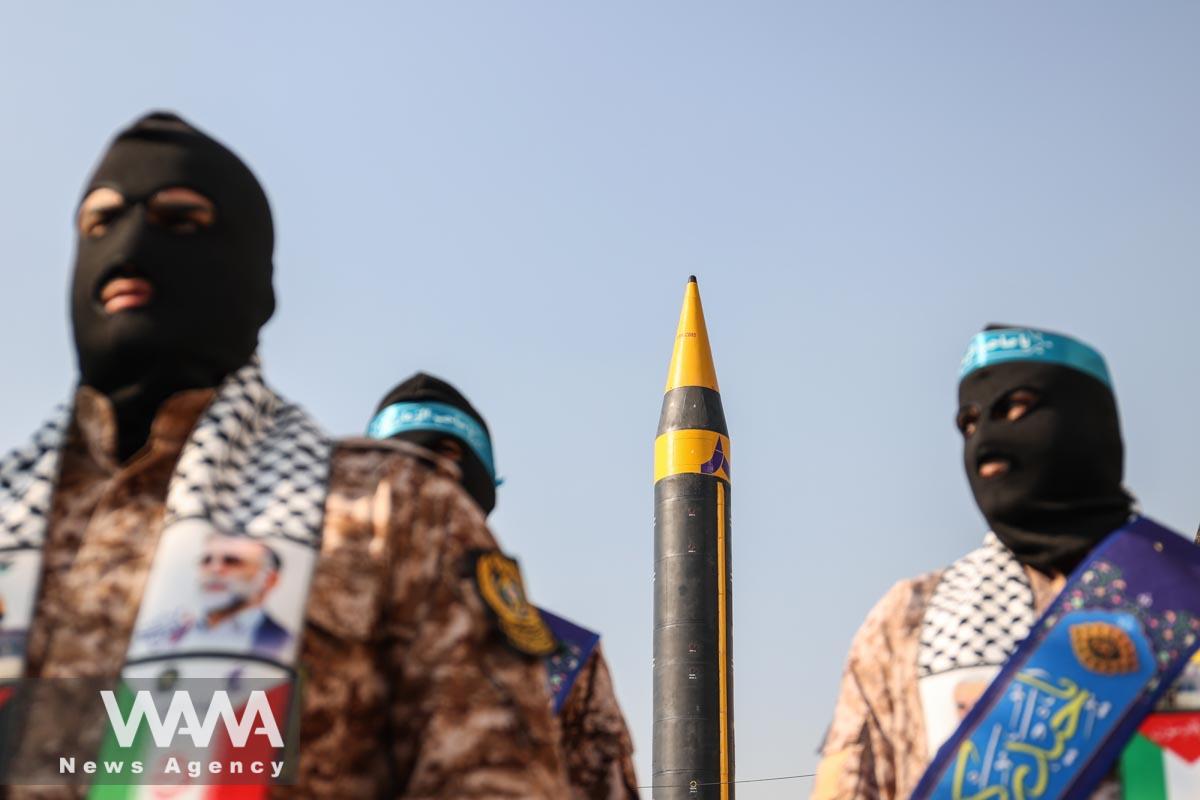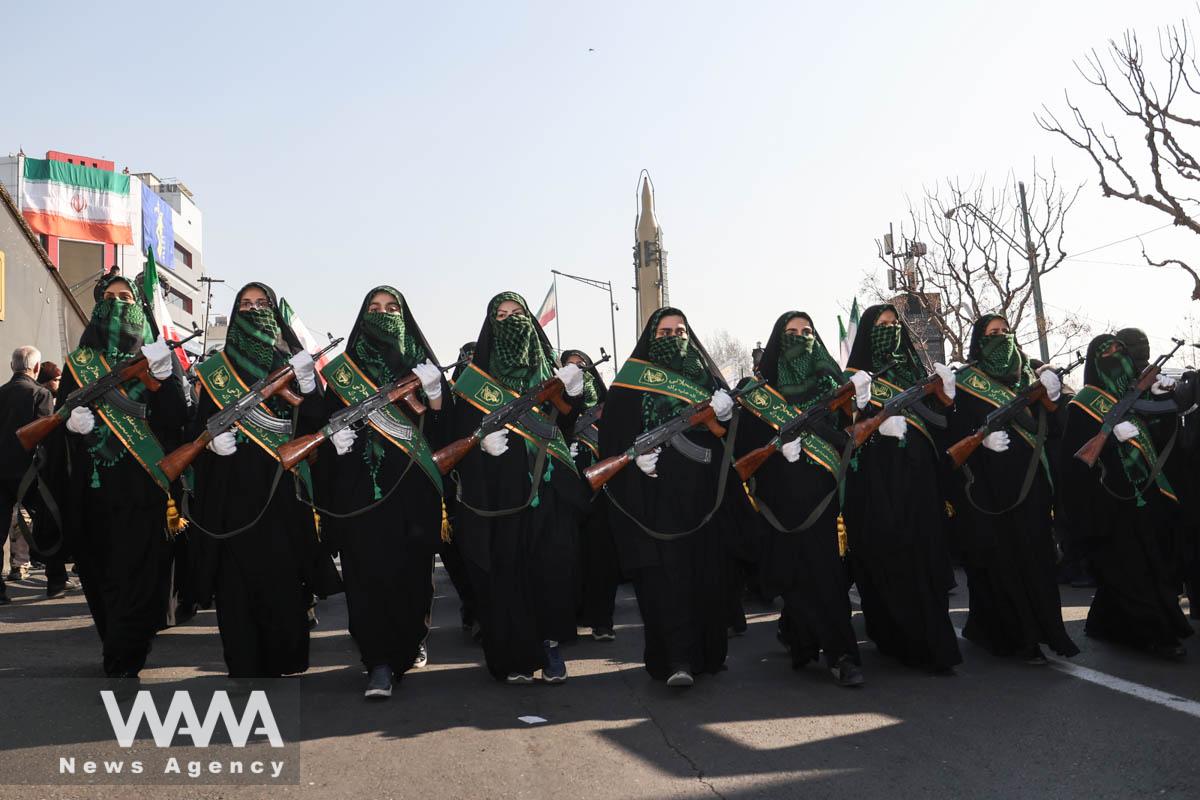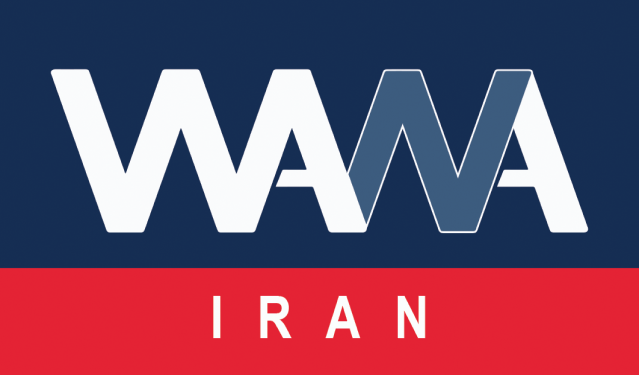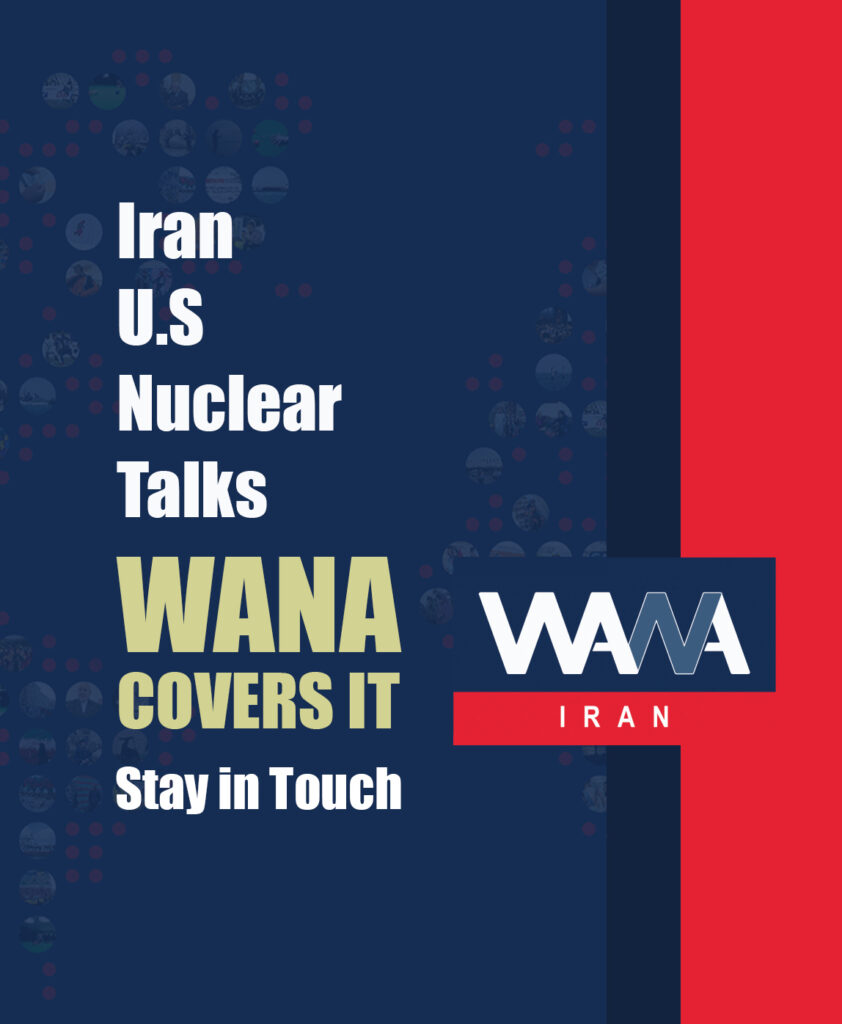Iran’s Underground Power
WANA (Jan 13) – In July 2008, for the first time, Iran’s missile capabilities were broadcast to the world by domestic media. Brigadier General Hossein Salami, then commander of the IRGC Aerospace Force, confidently announced that the display represented only a small fraction of Iran’s offensive capabilities. Today, as the IRGC’s top commander, he unveiled one of the Aerospace Force’s underground missile bases.
Once again, Iran has captured global military headlines by unveiling one of its newest underground bases, part of a vast network of subterranean missile cities.
A Game-Changing Operation
Iran’s new missile city was introduced to the world with the presence of Major General Salami and Brigadier General Amir Ali Hajizadeh. According to the Aerospace Force commander, the base is ready to transform into a “dormant volcano” capable of surprising the enemy at any moment.
The Islamic Revolutionary Guard Corps (#IRGC) of Iran has unveiled a new #MissileCity.
This missile city played a role in the “#TruePromise 2″ operation against the #Israeli regime. pic.twitter.com/wpG1BYO50b
— WANA News Agency (@WANAIran) January 10, 2025
This new missile base holds strategic significance not only in design and weaponry capacity but also in its operational impact. It played a key role in the “True Promise 2” operation, where missiles launched from this base bypassed advanced Israeli defense systems and completely incapacitated the “Nabati Air Base,” one of Israel’s primary F-35 deployment centers.
This precise and effective attack inflicted severe damage on Israel’s military infrastructure, leaving the base unrepaired to this day.
A Glimpse of the Iceberg
The released images showcase only a small section of this underground city. Among the arsenal stored in this colossal base are missiles like “Emad,” “Qadr,” and “Qiam.” The facility is equipped with state-of-the-art storage, preparation, and launch systems, maintaining strictly controlled conditions for weapon storage.
Photos from the visit of Major General Salami, Commander-in-Chief of IRGC, and Brigadier General Hajizadeh, The Commander of Iran’s IRGC Aerospace Force, to the latest underground missile city of the IRGC. #Iran #MissileCity #IRGC pic.twitter.com/iVHlJeVOep
— WANA News Agency (@WANAIran) January 11, 2025
General Salami emphasized that 90% of the base remains hidden from public view. He stated that the production and development of missiles and their supporting systems not only continue uninterrupted but are progressing at an accelerating pace. This growth rate has positioned Iran as one of the world’s leading missile powers.
Various news outlets have analyzed the images of this underground city. Reports indicate that the city was constructed over three decades ago, with tunnels so vast that walking 5 kilometers wouldn’t reveal their end. The published images reveal massive launchers, missiles, and storage units kept in meticulously controlled environments. The city is designed to launch hundreds of missiles from each launcher.
The Missiles Deployed at the Base
This facility hosts four types of strategic missiles:

IRGC’s Missile Trilogy Against Israel
WANA (Oct 05) – The Operation ” True Promise 2″, carried out by the Iranian Revolutionary Guard’s Aerospace Force, marked a historic moment that captured the world’s attention. In this operation, Iran’s Revolutionary Guard launched dozens of ballistic missiles targeting Israeli-occupied Palestinian territories, demonstrating that Iran’s missile power is far more than just rhetoric. […]
1. Emad
Range: 1,700 kilometers
Weight: 17 tons
Warhead Capacity: 750 kilograms
Unique Feature: Capable of being launched from “multi-launch systems” known for their “missile barrage” effect.
2. Qadr (H and F variants)
Range: 1,350 to 1,950 kilometers
Weight: Over 17 tons
Capabilities: High preparation speed and significant destructive power.

Israel’s Fear of IRGC’s New Missile Threat: Sejil, Fattah, and Khorramshahr Aimed at Occupied Territories
WANA (August 06) – On the night of April 13, 2024, in response to the multiple crimes of the Zionist regime, including the attack on the consular section of the Iranian embassy in Damascus and the martyrdom of several of our country’s commanders and military advisors in Syria, the Aerospace Force of the Islamic Revolutionary […]
3. Qiam
Range: 800 to 1,000 kilometers
Flight Ceiling: 200 kilometers
Feature: 600-kilogram warhead and a flight speed of 2,935 meters per second.
Thanks to advanced technology and indigenous designs, these missiles can be launched quickly and penetrate sophisticated defense systems.

Female members of Iranian militia forces (Basij) attend an anti-Israeli march in Tehran, Iran, January 10, 2025. Majid Asgaripour/WANA (West Asia News Agency)
A Clear Message to Adversaries
By developing these bases and unveiling new weaponry, Iran sends a clear message to its enemies: any threat will be met with a decisive and devastating response. Iran’s underground missile cities symbolize its military independence and its capability to defend its borders.
During his recent visit, the IRGC commander emphasized that Iran will continue producing and advancing its missile technology and will unveil new projects in the near future.
This city is not only a tool for defense but also a key pillar of the Islamic Republic of Iran’s deterrent power.













